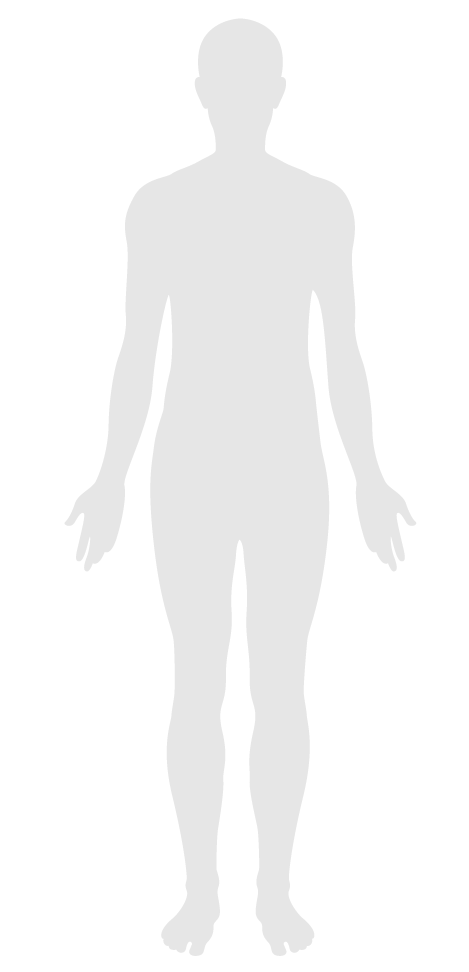Biophilia II - quantitative
- 84 Health and wellness awareness
- 85 Integrative design
- 86 Post-occupancy surveys
- 87 Beauty and design I
- 88 Biophilia I - qualitative
- 89 Adaptable spaces
- 90 Healthy sleep policy
- 91 Business travel
- 92 Building health policy
- 93 Workplace family support
- 94 Self-monitoring
- 95 Stress and addiction treatment
- 96 Altruism
- 97 Material transparency
- 98 Organizational transparency
- 99 Beauty and design II
- 100 Biophilia II - quantitative
- 101 Innovation feature I
- 102 Innovation feature II
- P5 Health through housing equity
- P6 Education space provisions
100. Biophilia II - quantitative
This feature calls for the provision of indoor design elements reminiscent of the natural environment, including water features and plantings, as well as access to outdoor gardens and landscaped areas.
Biophilia supports the idea that humans have an affinity towards the natural world. Evidence on the emotional and psychological benefits of nature is mounting. Research indicates that the experience of nature or nature-derived patterns can improve experience, mood and happiness.
Part 1: Outdoor Biophilia
At least 25% of the project site area meets the following requirements:
a. Features either landscaped grounds or rooftop gardens accessible to building occupants.
b.95 Consists of, at minimum, 70% plantings including tree canopies (within the 25%).
Part 2: Indoor Biophilia
Wall and potted plants are incorporated into the design of interior space according to the following:
a.95 Potted plants or planted beds cover at least 1% of floor area per floor.
b.95 A plant wall per floor, covering a wall area equal or greater than 2% of the floor area, or covering the largest of the available walls, whichever is greater.

Nervous
Applicability Matrix
| Core & Shell | New & Existing Buildings | New & Existing Interiors | |
|---|---|---|---|
| Part 1: Outdoor Biophilia | O | O | O |
| Part 2: Indoor Biophilia | - | O | O |
| Part 3: Water Feature | O | O | O |
| Commercial Kitchen | Education | Multifamily Residential | Restaurant | Retail | |
|---|---|---|---|---|---|
| Part 1: Outdoor Biophilia | - | O | O | O | - |
| Part 2: Indoor Biophilia | - | O | O | O | - |
Verification Methods Matrix
| Letters of Assurance | Annotated Documents | On-Site Checks | |
|---|---|---|---|
|
PART 1 (Design) Outdoor Biophilia |
Owner | Spot Check | |
|
PART 2 (Design) Indoor Biophilia |
Architect | Spot Check |
| 100.1.b | Marcus and Sachs' Therapeutic Landscapes: An Evidence-based Approach to Designing Healing provide guidelines for planting, including the provision of gardens that have an approximate ratio of 70% softscape (plants) to 30% hardscape. |
| 100.2.a | Marcus and Sachs' Therapeutic Landscapes: An Evidence-based Approach to Designing Healing recommends providing opportunities for indoor nature connection, such as through the use of potted plants. |
| 100.2.b | Marcus and Sachs' Therapeutic Landscapes: An Evidence-based Approach to Designing Healing recommends incorporating vegetation growing at multiple heights, such as through planted walls. |
| 100.3.a | Marcus and Sachs' Therapeutic Landscapes: An Evidence-based Approach to Designing Healing recommends providing at least one water feature. |
